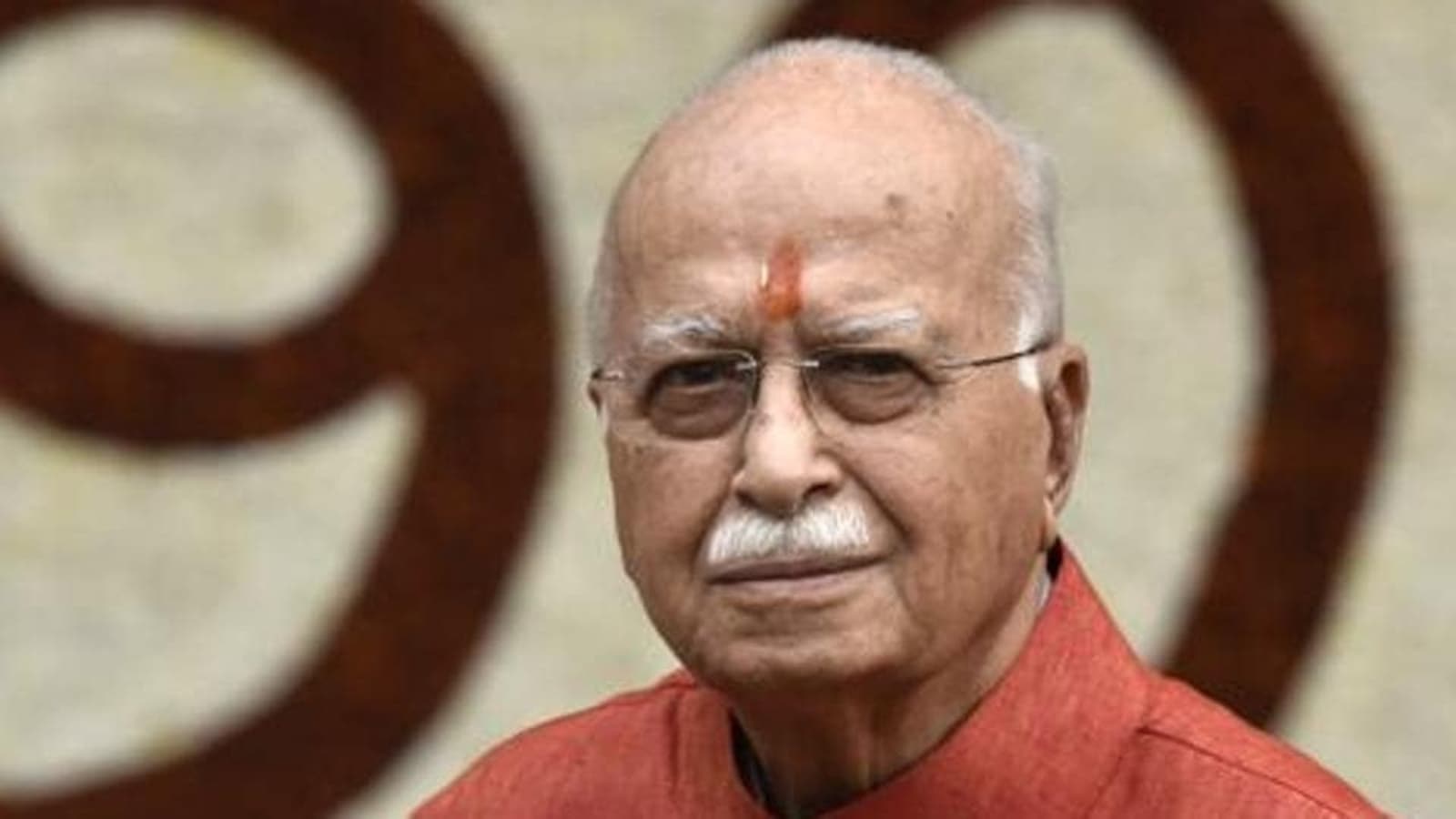Think northern India, Uttar and Andhra Pradesh, known there as the country’s “mango belt,” whose tall, dark green branches are covered in late February with clusters of white flowers signifying an ‘except’ harvest.
Then came disaster: in March, temperatures average 33° with peaks of 40°: we haven’t seen that in 122 years! The worst is yet to come with the hottest April in half a century and a sweltering May.
However, for a mango flower to fertilize properly, it ideally needs a temperature of 25°! Because of this, the flowers withered, and most of the country’s plants – we are talking about 2/3 – were gone. A real national tragedy.
Cultured, religious and scrumptious Indian mangoes
For India, mangoes are more than just a fruit! Its most popular variety is saffron, a symbol of divine light, and its flesh is orange, which is also the holy color of Hinduism, synonymous with purity!
Cultivated in the Deccan for thousands of years, it has had its poets, most famously Mirza Ghalib, an 18th century writer who wrote in Urdu: “mangoes must have two qualities: sweet and must be a lot”. Legend has it that he tested 4000 different varieties!
In India, we met as a family in a mango grove to pick them from the tree. We talk about the best varieties, and when we want to impress our boss, we offer him the queen of mangoes: a box of Alphonso!
Indians don’t even agree on the best way to taste it: thinly sliced or
by sucking the fruit flesh directly from the fruit, after which a hole is made at the top while kneading the meat to soften it. We even talked about mango diplomacy!
Mango as a first-order diplomacy tool!
It should be noted that while this fruit is now commonplace, until the 1960s very few people had tasted it outside the Indian subcontinent.
Queen Victoria had requested that it be sent to Windsor: king of fruit for the Empress of India, that makes sense. Except that the poor mango arrived too ripe. In 1955, Indian Prime Minister Nehru offered 18 mango trees to China owned by Mao Zedong.
It is said that the president of China has never eaten it! He responded by sending Nehru a pair of spotted deer, a pair of red-crowned cranes, and a hundred goldfish! That didn’t prevent the two countries from going to war 7 years later.
But the real issue is between India and Pakistan. Both countries have made it their national fruit and both claim to produce the best in the world: Alphonso for India; Anwar Ratol for Pakistan. I do not advise anyone to enter into a debate!
India and Pakistan are united by mangoes
India of course, which produces ten times more than Pakistan. However, Pakistan’s Punjabi climate is incomparable to Sindhi mangoes, one of the juiciest. They are so perfect that Islamabad sends a whole box to the Prime Minister of India every year.
The fact remains that heat knows neither competition nor frontier: it has destroyed mango trees in northern India as well as in the Pakistani Punjab. Therefore, Indians and Pakistanis are united by the “mango tree” disaster and global warming.
Climatologists also calculate that this initial heat wave is 30 times more likely to occur in the future, in both India and Pakistan. You see, we can talk about poetry, geopolitics, diplomacy, and climate… while smoking mangoes!

“Award-winning travel lover. Coffee specialist. Zombie guru. Twitter fan. Friendly social media nerd. Music fanatic.”







